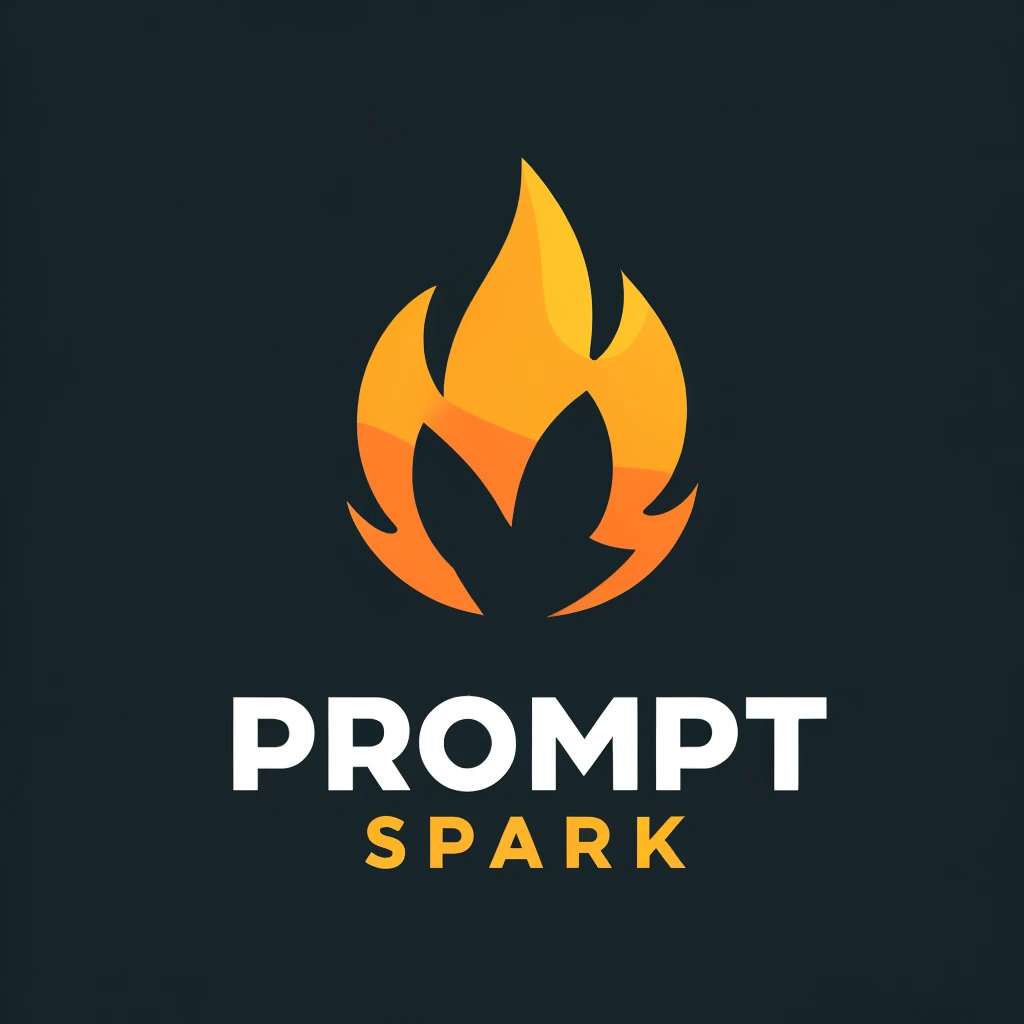PromptSpark
Unleash the Power of AI
Experience intelligent conversation, explore innovative AI variants, and spark new possibilities with our comprehensive LLM platform designed for experts and enthusiasts alike.

PromptSpark
AI-Powered Innovation
What is PromptSpark?
PromptSpark is a comprehensive platform for Large Language Model (LLM) experimentation and deployment. Whether you're a researcher, developer, or AI enthusiast, PromptSpark provides the tools you need to harness the full potential of AI-powered conversations and text generation.
Spark Explorer
Discover and explore a vast collection of AI prompts and variants. Our intuitive interface makes it easy to find the perfect prompt for your needs.
AI Chat
Engage in real-time conversations with AI using our advanced chat interface. Experience seamless interactions powered by cutting-edge language models.
Customization
Tailor AI behavior to your specific requirements with our flexible configuration system. Fine-tune parameters for optimal results.
Discover AI Variants & Prompts
The Spark Explorer is your gateway to discovering the vast potential of AI. Browse through carefully curated prompts, experiment with different AI personalities, and find the perfect match for your project or curiosity.
- Search & Filter
- Powerful search capabilities help you find exactly what you need among hundreds of AI variants.
- Categories
- Organized by type and function for easy navigation and discovery.
- Real-time Testing
- Test prompts instantly to see how they perform before integrating them into your workflow.
Real-time AI Conversations
Experience the future of human-AI interaction with our advanced chat interface. Powered by SignalR for real-time communication and integrated with state-of-the-art language models.
- Real-time Responses
- Instant communication with AI using WebSocket technology for seamless conversations.
- Multiple AI Models
-
- GPT-4: Advanced reasoning and complex problem-solving
- Custom Variants: Specialized AI personalities for specific tasks
- Flexible Configuration: Adjust temperature, tokens, and behavior
- Enhanced Features
-
- Conversation History: Track and review your interactions
- Export Options: Save conversations for later reference
- Responsive Design: Works perfectly on desktop and mobile
Understanding PromptSpark
PromptSpark is built on the foundation of effective prompt engineering and AI interaction design. Our platform makes advanced AI capabilities accessible to users of all skill levels.
- Spark Definitions
- Pre-configured AI personalities and behaviors that serve as starting points for your projects. Each definition includes carefully crafted prompts, parameter settings, and use case examples.
- Spark Variants
- Different implementations and approaches to solving similar problems. Spark Variants offer diverse implementations to explore and improve, and Spark Inputs provide the means to test and validate each variant. This integrated approach ensures that your LLM projects are not only innovative but also reliable and effective.